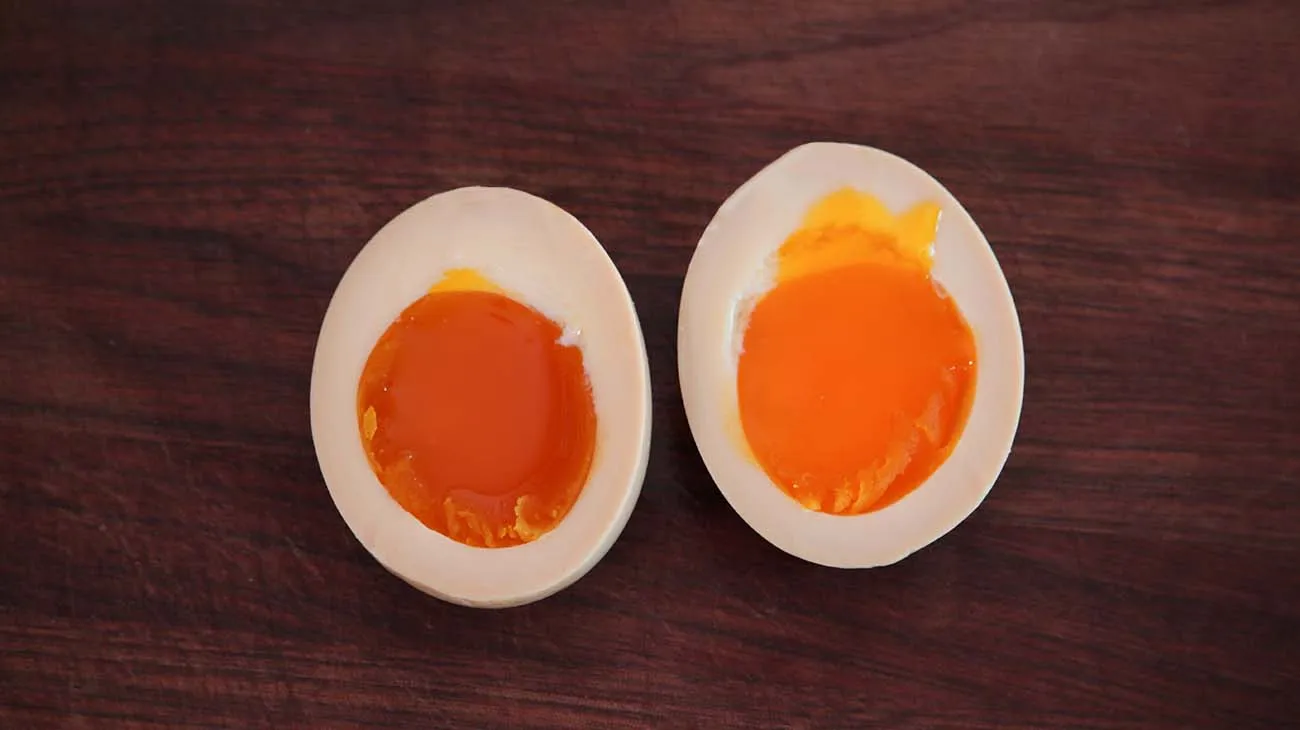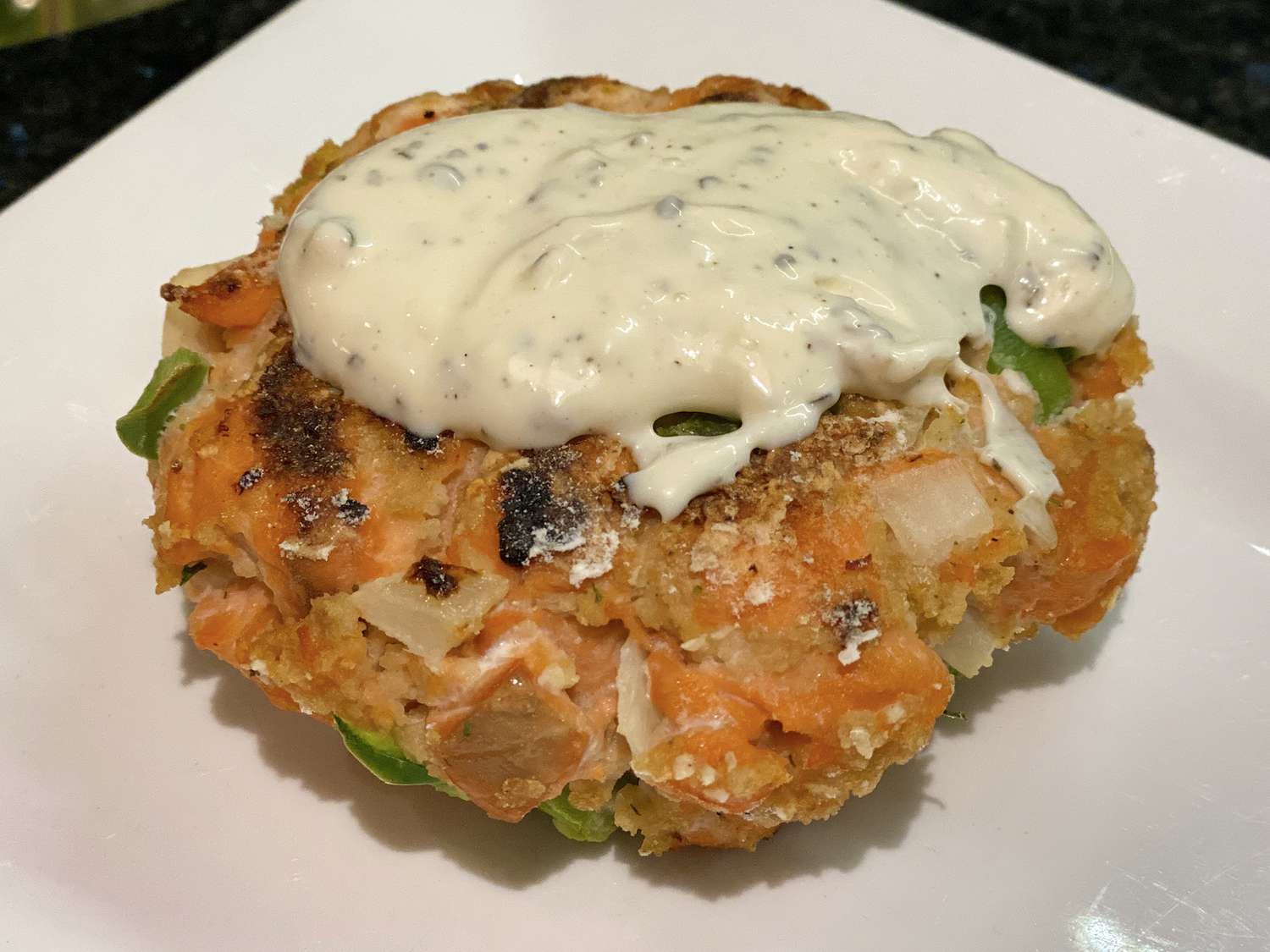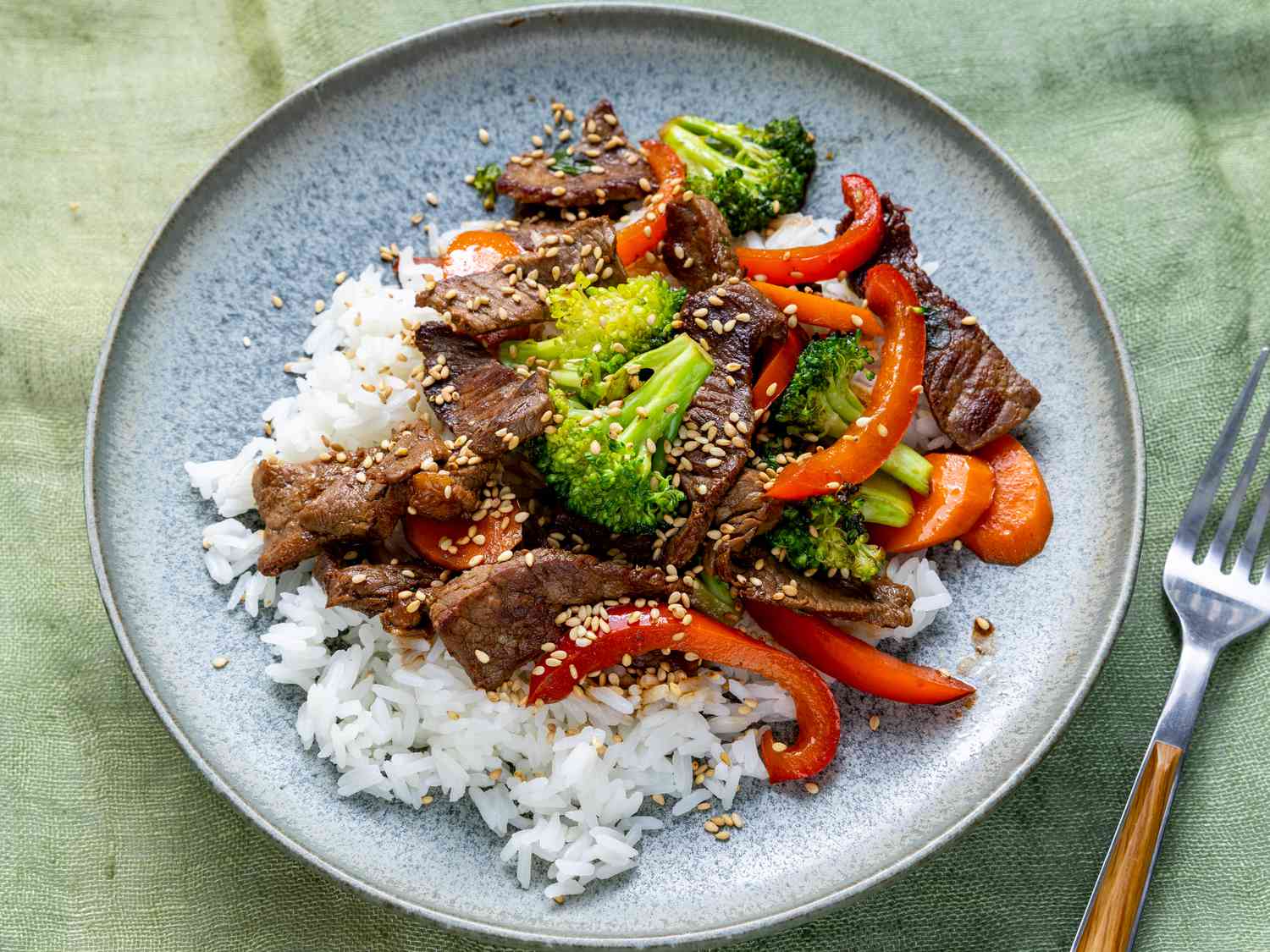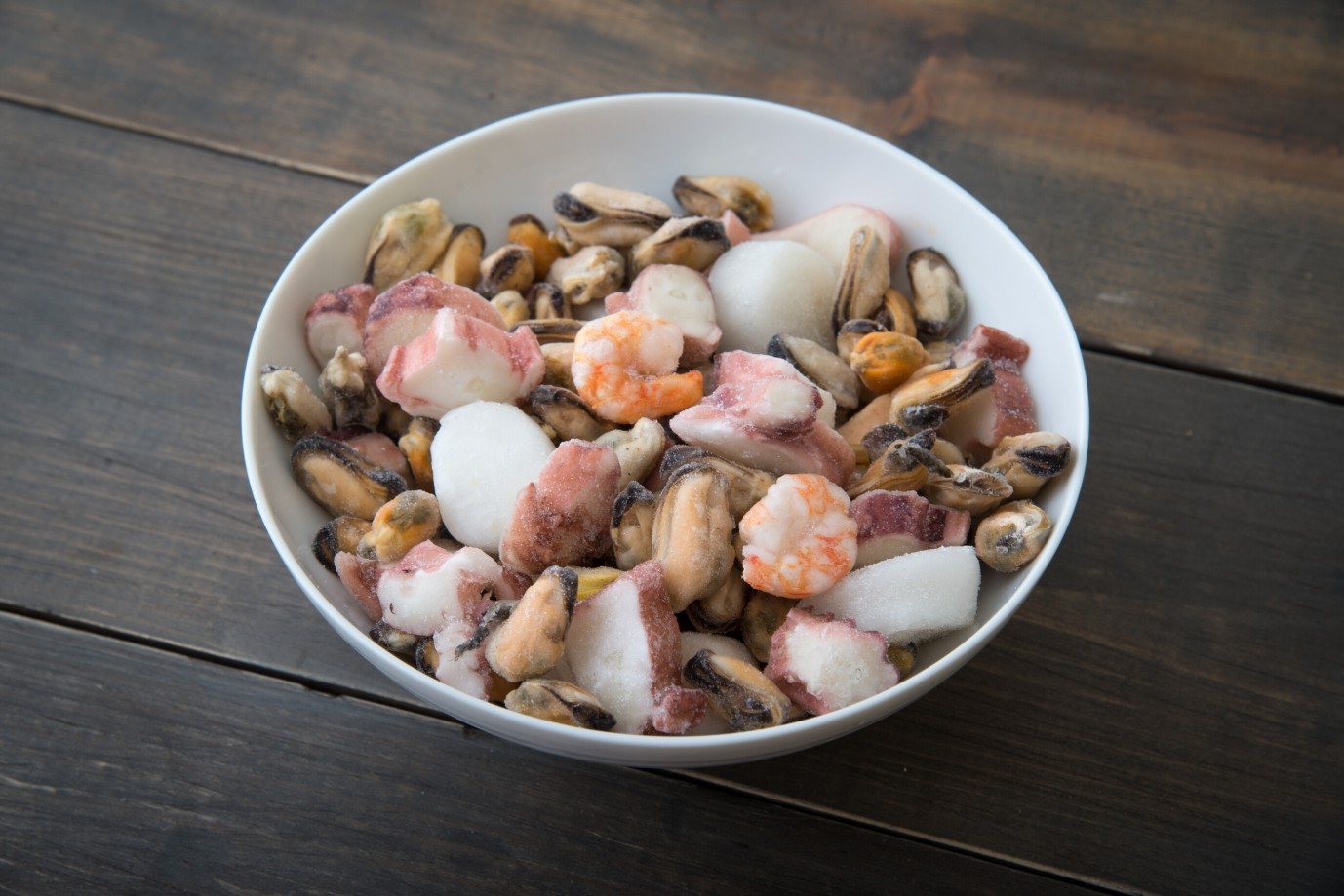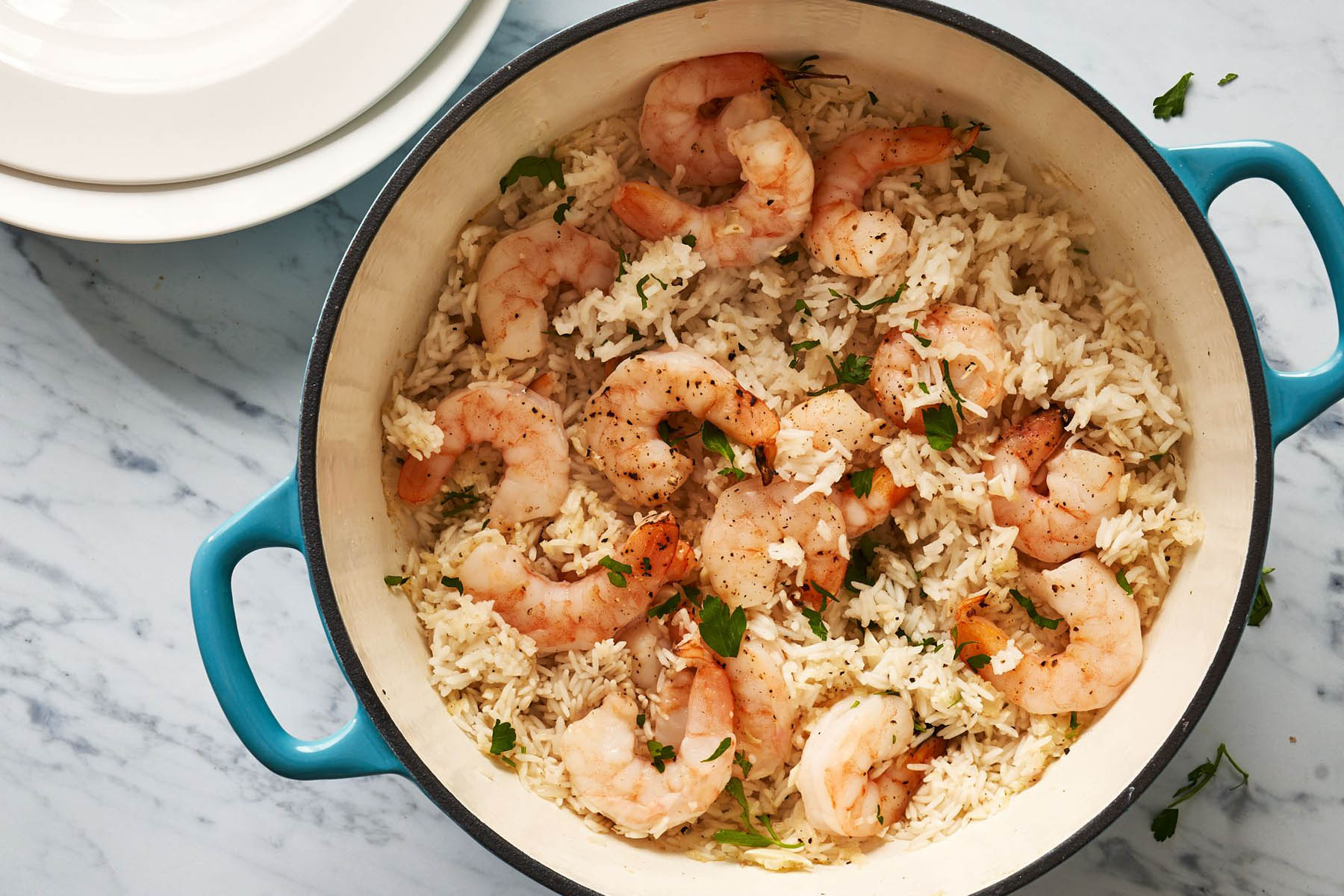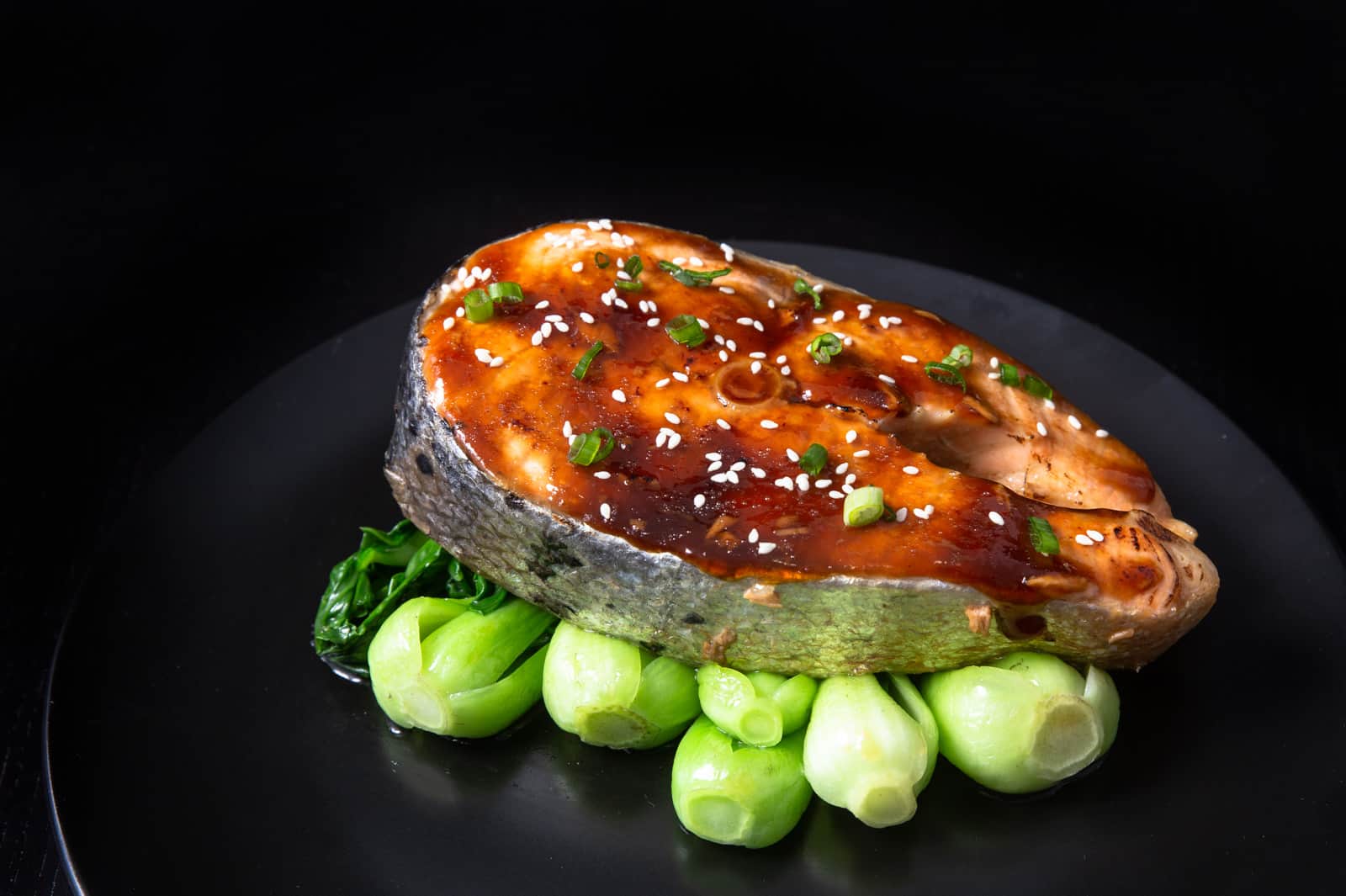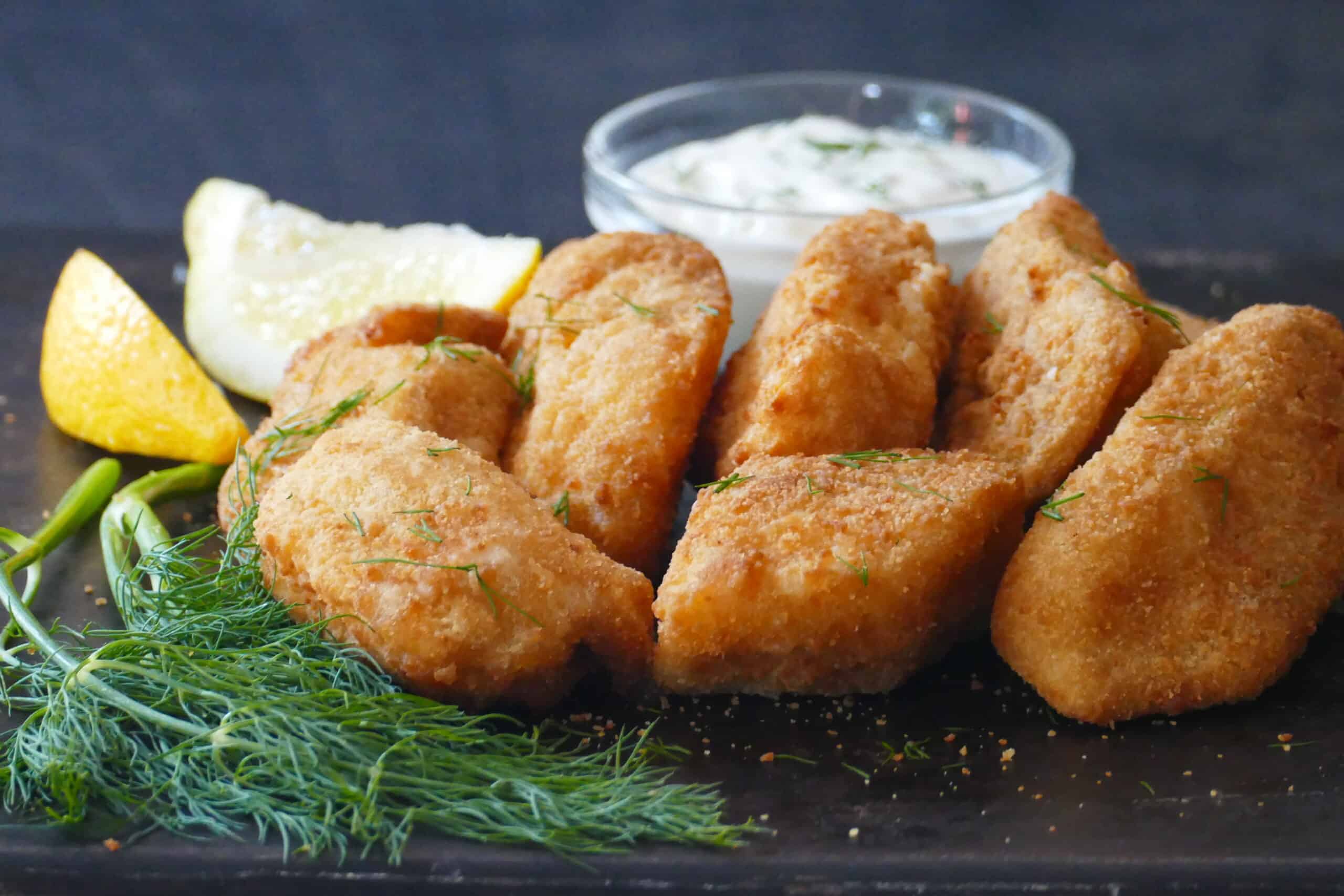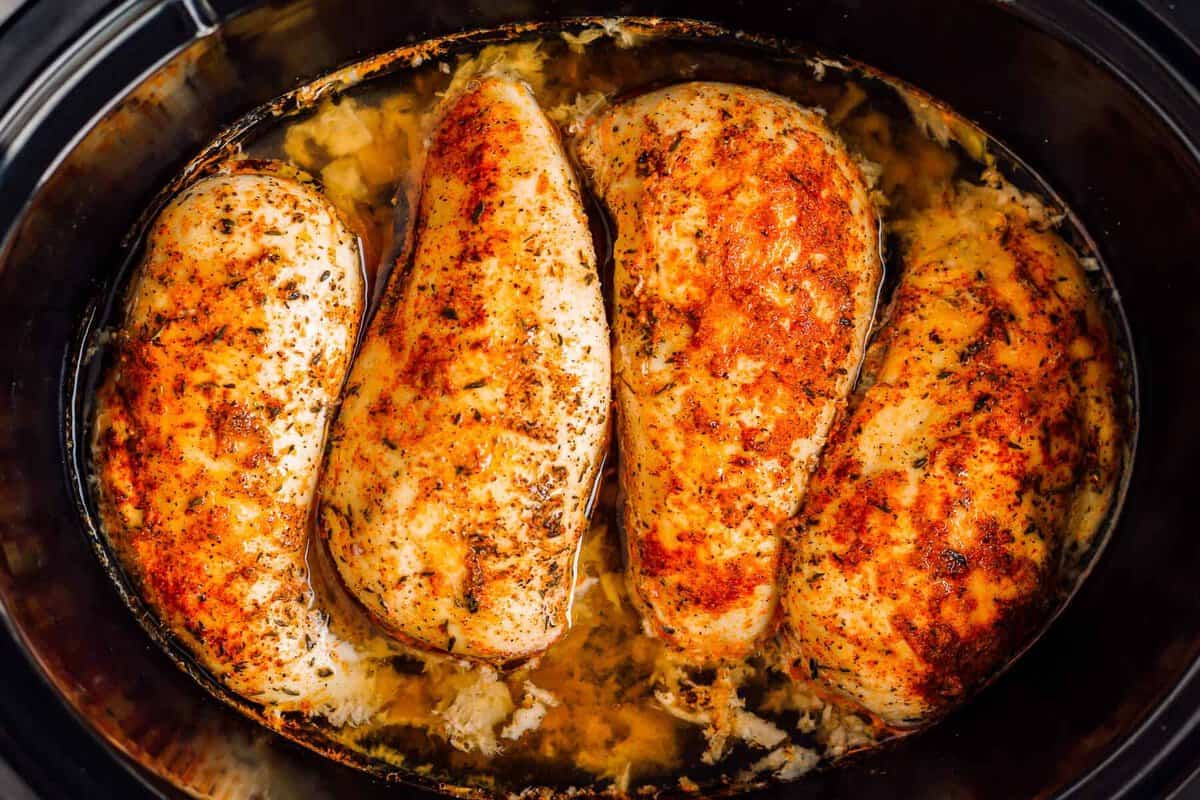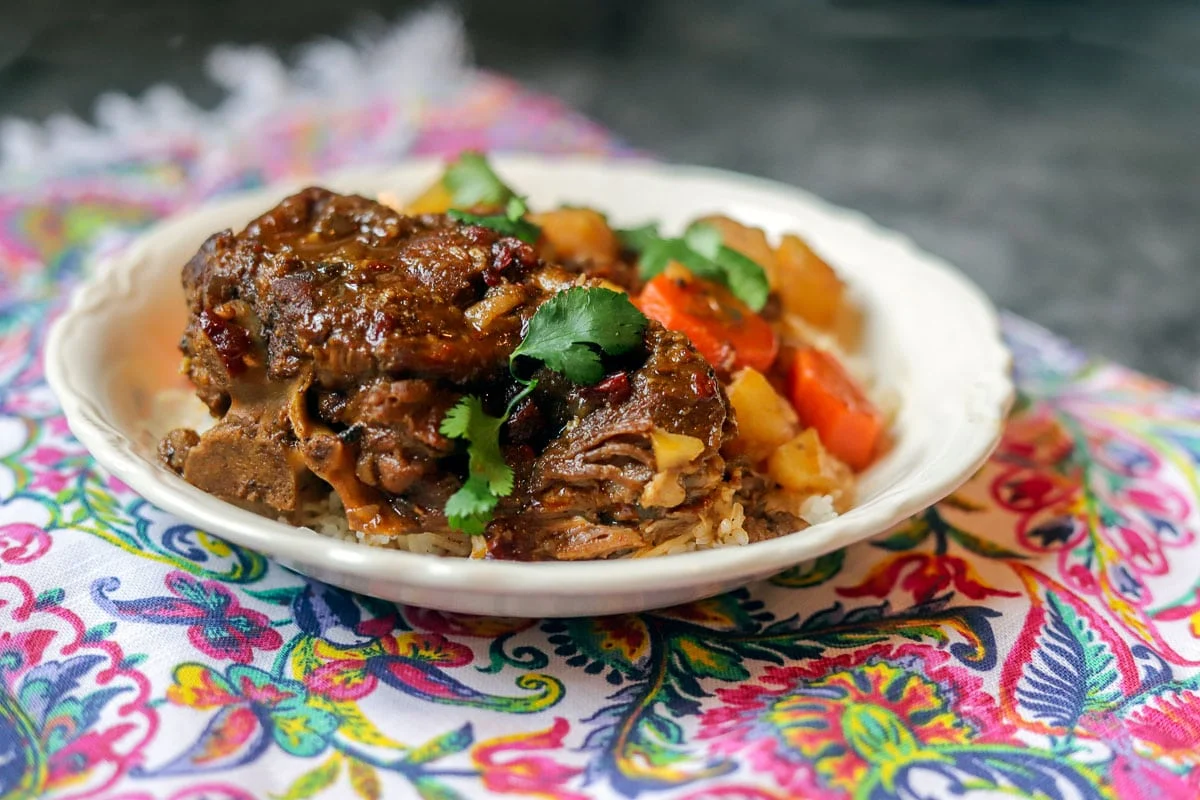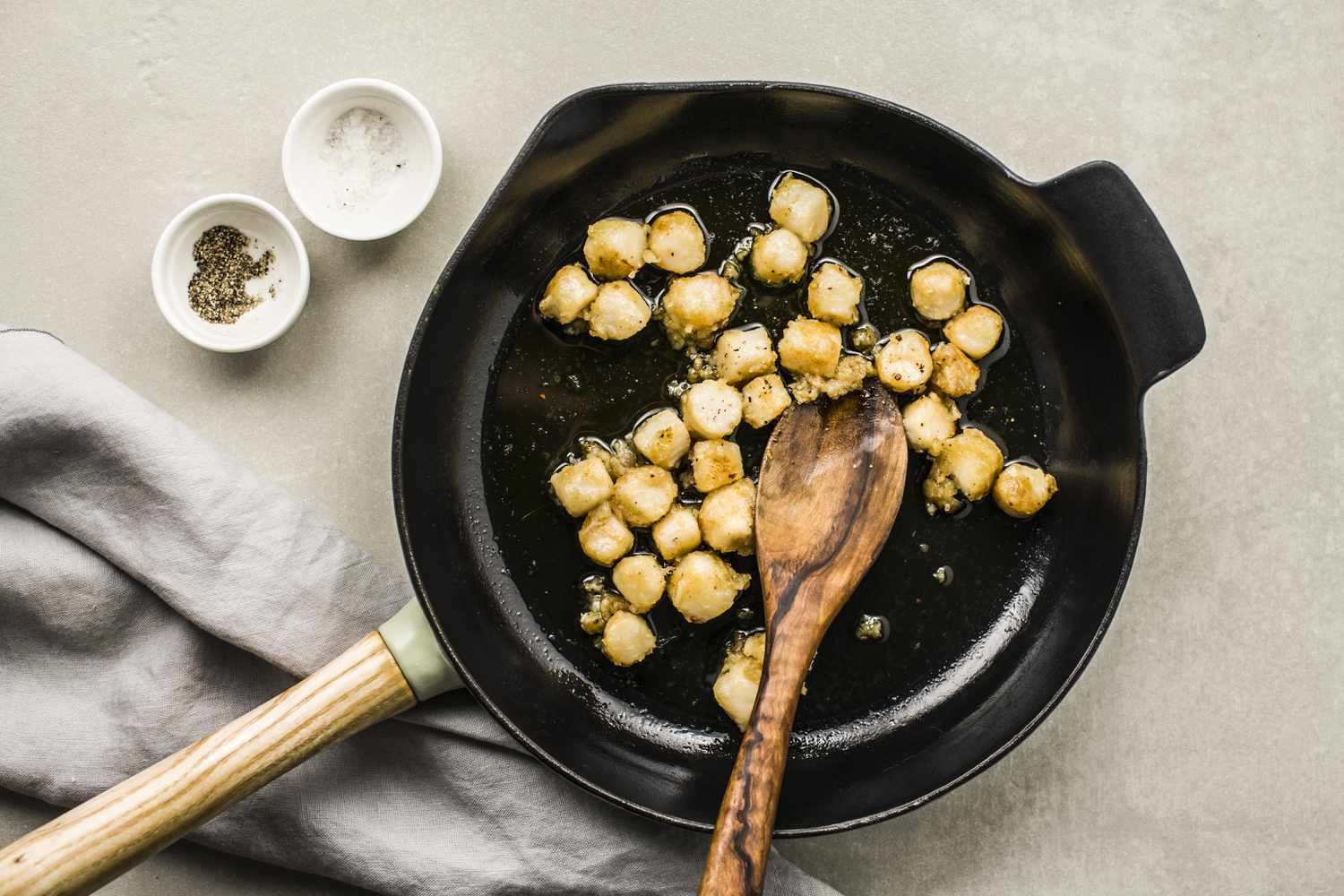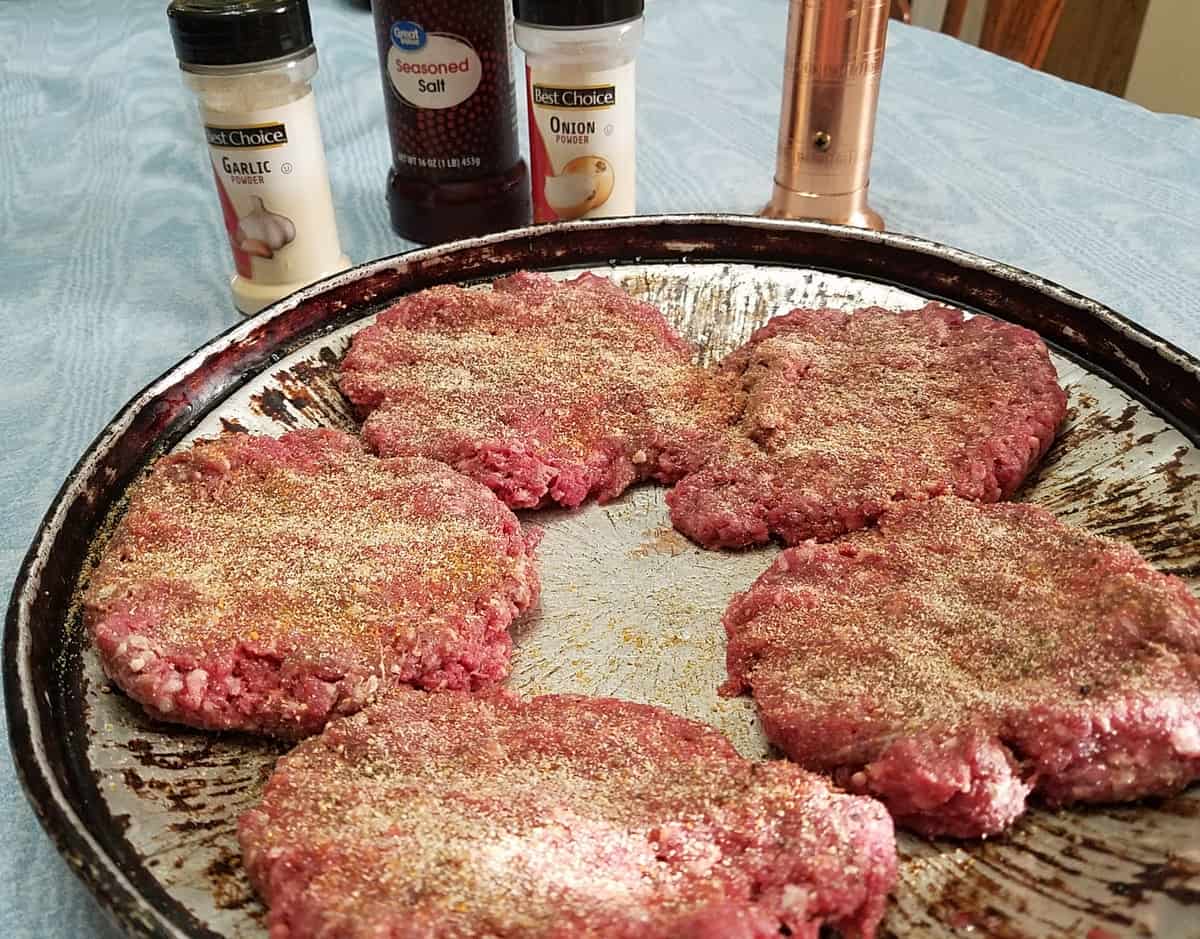Delicious Ways to Prepare Wide Rice Noodles
Are you a fan of Asian cuisine? Wide rice noodles are a staple in many dishes, known for their smooth texture and ability to absorb flavors. Whether you’re a beginner in the kitchen or a seasoned cook, this guide will provide you with step-by-step instructions on how to cook wide rice noodles to perfection. Get ready to indulge in mouthwatering dishes that will transport you to the streets of Southeast Asia.
The Basics of Cooking Wide Rice Noodles
Before we dive into a variety of delicious recipes, let’s start with the basics of cooking wide rice noodles:
- Boil water in a large pot. For every 8 ounces of wide rice noodles, you’ll need approximately 4-6 cups of water.
- Add a pinch of salt to the boiling water. This will enhance the flavor of the noodles.
- Gently add the wide rice noodles to the boiling water and stir to prevent clumping.
- Cook the noodles for about 4-5 minutes, or until they are tender but still slightly firm to the bite. Avoid overcooking as it can result in mushy noodles.
- Once cooked, drain the noodles immediately and rinse them under cold water to stop the cooking process. This will keep them from sticking together.
- Toss the noodles with a little oil to prevent sticking while you prepare the rest of your meal.
Delicious Recipes with Wide Rice Noodles
Now that you have mastered the art of cooking wide rice noodles, it’s time to explore some mouthwatering recipes:
1. Pad Thai
This classic Thai dish needs no introduction. Here’s how to make it:
- In a hot wok or skillet, heat some oil and sauté garlic and shallots.
- Add some protein of your choice, such as shrimp, chicken, or tofu, and cook until browned.
- Add wide rice noodles, along with tamarind paste, fish sauce, sugar, and chili flakes.
- Toss everything together until well combined and the noodles are coated in the sauce.
- Garnish with crushed peanuts, bean sprouts, and a squeeze of lime juice.
2. Beef Chow Fun
This hearty Chinese dish combines wide rice noodles with tender strips of beef:
- Marinate the beef with soy sauce, garlic, and cornstarch.
- In a hot wok, stir-fry the marinated beef until browned. Set it aside.
- In the same wok, stir-fry some fresh vegetables like bell peppers, bok choy, or bean sprouts.
- Add the cooked wide rice noodles and a combination of oyster sauce, soy sauce, and a splash of sesame oil.
- Return the beef to the wok and toss everything together until well combined.
- Serve hot and garnish with chopped scallions.
3. Vietnamese Pho Noodle Soup
Warm and comforting, this Vietnamese soup is a delicious way to enjoy wide rice noodles:
- In a large pot, simmer beef or chicken broth with spices like star anise, cinnamon, and cloves.
- Prepare your wide rice noodles separately according to the basic cooking instructions.
- Add cooked beef or chicken slices, bean sprouts, and fresh herbs like Thai basil and cilantro to the broth.
- Divide the cooked wide rice noodles into bowls and ladle the hot broth over them.
- Garnish your pho soup with lime wedges, sliced jalapenos, and hoisin sauce.
These are just a few examples of the endless possibilities when it comes to cooking wide rice noodles. Don’t be afraid to experiment with different flavors and spices to create your own signature dishes. Now that you have all the necessary knowledge and inspiration, get ready to impress your friends and family with mouthwatering wide rice noodle creations!
Was this page helpful?
Read Next: How To Cook Chicken With Water And Spices
